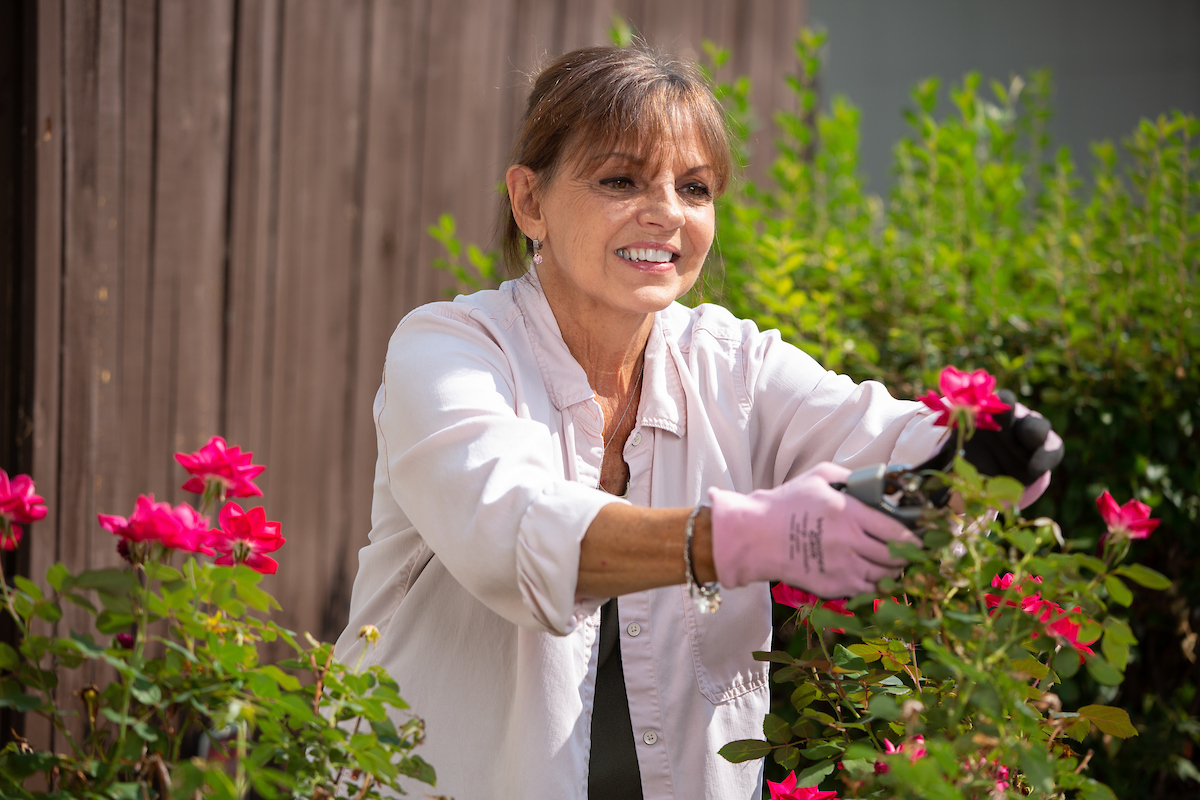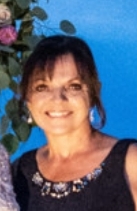Fabry disease is a serious genetic disorder that can lead to life-threatening heart and kidney problems.
People who have Fabry disease don’t have the enzyme that breaks down lipids or fats. These fats collect in blood vessels and tissue, raising the risk of heart attack, stroke, and kidney failure. Fabry disease has a wide range of symptoms including chronic pain, hearing loss, gastrointestinal problems, kidney damage and a decreased ability to sweat. Symptoms may develop during childhood (classic type) or middle adulthood (atypical type).
Fabry is a progressive disease that worsens over time. There is no cure, but treatments like enzyme replacement therapy (ERT) can help manage the disease and reduce the odds of serious complications.
Lori and her family know Fabry all too well. Lori’s grandmother and mother had Fabry. Her brother, Alan, a kind, proud, successful man, also had Fabry. He passed away at the age of 34, following years of pain, suffering, and end stage kidney disease.

Lori was diagnosed with Fabry when she was 14. Her early symptoms included burning feet and hands, headaches, and GI issues. Because her symptoms were less severe, doctors referred to her as a Fabry “carrier.” Lori bristles at that term. “With Fabry, you either have the disease or you don’t.” Females often have mild, easy-to-dismiss symptoms, so the condition frequently goes undiagnosed in women.
Lori, a hospital lab technician, has made it her mission to stay informed about Fabry. Her doctor’s appointments were an opportunity for Lori to share the latest Fabry research. Her health care team listened, but Lori’s health issues and lab results weren’t taken seriously until she developed severe preeclampsia with her first pregnancy. Preeclampsia, a blood pressure disorder in pregnant women, can lead to serious health effects for mother and baby. Lori was grateful to deliver a healthy baby girl. She was also determined to find a new doctor to manage her Fabry. While attending a Fabry conference, Lori spoke with a nephrologist about her condition. “It was the first time in 30 years that I felt like someone understood my disease and would work with me to manage it. It was a relief to meet someone who knew so much more about Fabry than I ever could. It was a huge weight off my shoulders.” Her new doctor diagnosed Lori with chronic kidney disease, a gradual loss of kidney function over time. Lori’s treatment includes IV enzyme replacement therapy (ERT) every two weeks. ERT restores levels of a key enzyme, alpha-galactosidase A. It allows the body to break down lipids. Even with a treatment plan, Lori recently suffered three mini strokes. “Between ERT and doctor appointments, it’s a challenge to balance work, treatments, and the rest of my life. Fabry doesn’t consume me, but it’s often on my mind.”
Lori’s youngest daughter, Shannon, also has Fabry. When Shannon shared the news, she was pregnant, Lori was overjoyed. Her joy of becoming a grandma was tempered by her concern for Shannon and her future granddaughter. Lori describes her granddaughter, Lia, as “joy beyond words.” “As early as two years old, Lia showed Fabry symptoms. When Lia had a fever, she rubbed her hands and feet, trying to get rid of the tingling and pain.” She would tell Lori, “The owies are in my legs.” Lia, now nine, is sensitive to heat and has GI issues as well. Lori and Shannon are grateful Lia has a team of doctors to monitor her condition. Lori and her daughter agree that watching your child battle Fabry is one of the cruelest parts of the disease.
Lori’s research and advocacy work have helped pave the way for Shannon and Lia. Lori is active in the Fabry advocacy community and serves on the newborn screening group.

Thanks to Lori’s efforts, for the past eight years, Colorado’s Governor declared April “National Fabry Disease Awareness Month.” Advocacy is Lori’s way of giving back to so many who have supported her. “If my advocacy has helped anyone along their medical path, it is because I learned from
the best.” Lori only wishes that she could have done more to help her brother, Alan. “If he had a different medical team, or better information to make decisions, it may have made a difference. I lost my brother to Fabry 26 years ago. That loss is a constant reminder of the need for new ways to diagnose and treat people living with Fabry.”